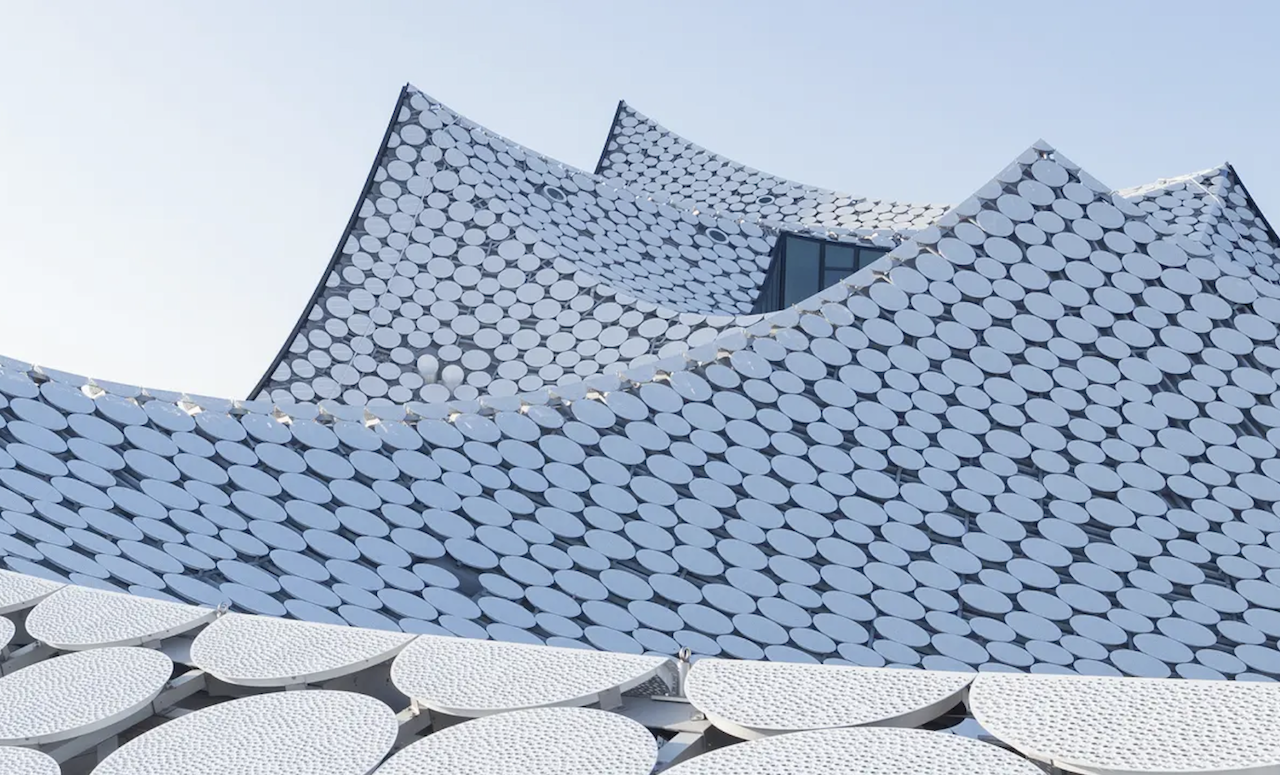Herzog & de Meuron at the Royal Academy of Arts

This unusual show is not so much a retrospective as an advertisement for the renowned architecture practice. It is definitely one for the specialists and assumes that attendees will have a lot of pre-existing knowledge of the practice and its projects. Herzog & de Meuron was formed in 1978 in Switzerland by two men who met at primary school, aged seven. Anyone not familiar with the name will most likely be familiar with some of their work: they are responsible for the iconic transformation of the Bankside power station into Tate Modern in 2000, and for the Bird’s Nest stadium for China’s Olympics in 2008.
The exhibition features 400 objects from the design process. The first room is filled with vitrines stacked with models and examples of materials taken from their archives. There is little information aside from which project the model and other artefacts belong to, with little on the design process and inspiration. For more detailed information it would be necessary to consult the accompanying exhibition book for £20.
The second room has a double-sided screen: on one side is film of the everyday usage of some of their buildings, on the other is a 40-minute documentary by Beka and Lemoine about their Rehabilitation Clinic for Neurorehabilitation and Paraplegiology in Basel. Completed in 2002, it is an extraordinary place where patients can learn to walk again and heal their minds after traumatic events, in sympathetically realised surroundings. The film focuses on the patients, which is moving, but if one is not familiar with the architecture, it might have been helpful to dwell more on that.
The final room is devoted to the Kinderspital (Children’s Hospital) in Zurich, which is due for completion next year. The design is heartfelt and meticulous: bedrooms are created to feel domestic, with places where parents can sleep to stay with their children; a central “main street” with different-sized courtyards provides “intimacy and identity”. One wall is given to a 1:30-scale floor plan that is mind-boggling in its technicality. It is interesting to see, but of limited use to the layperson. The overall ethos of using architecture as a force for healing and making lives easier is clearly an admirable, one and it actually feels a little disheartening that this is such a rarity in the UK – especially in hospitals (anyone who has had the misfortune to need to spend time in one knows they are mostly dreary and disorientating places). London is forever being developed but to make money for developers, not to improve the lives of its inhabitants. One needs only to look at the flow of people running into each other from opposite directions in any given tube station to realise the city’s design is more antagonistic than ergonomic.
Though this is a very specialist exhibition, it is interesting.
Jessica Wall
Herzog & de Meuron is at the Royal Academy of Arts from 14th July until 15th October 2023. For further information visit the exhibition’s website here.
























Facebook
Twitter
Instagram
YouTube
RSS